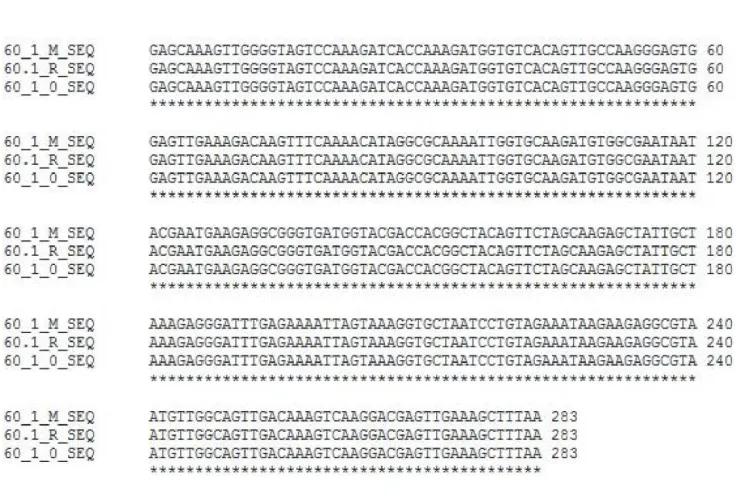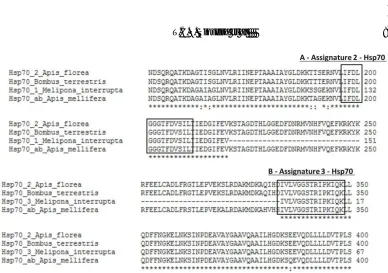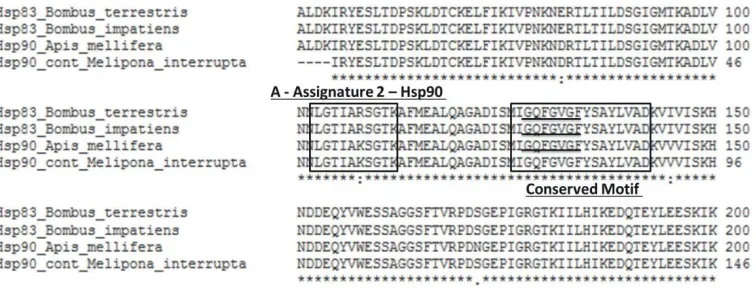Heat shock genes in the stingless bee Melipona interrupta (Hymenoptera, Meliponini)
Full text
Figure




Related documents
DTREG implements the most widely used types of neural networks:a) Multilayer Perceptron Networks (also known as multilayer feed-forward network),b) Cascade Correlation Neural
The participants were a number of 16 people, the instruments were: Adult Dispositional Hope Scale (Snyder et. al, 1991), Personal Need for Structure - PNS (Thompson, Naccarato, and
From analyses of the logic of finance and foundational concepts of financial theory, the volume thus moves to analyses of the intersection between objective structures and
Die zunehmende Bedeutung von Plagiocephalien durch perinatale und häufig lagerungsbedingte Faktoren und deren durch die Eltern geforderte Therapie zur Erreichung maximal
Load balancing algorithm attempt to balance the load on whole system by migration the workload from heavily loaded nodes to lightly loaded nodes to enhance
3 Two-year analysis of structural and functional changes to the retina and optic nerve following anti-VEGF treatments for diabetic macular edema patients 135 3.1 Introduction
We will now review a parallel set of scientific errors on the part of 20th Century evolutionary biologists in which they assumed that they could explain the pro- tean phenomenon of
utory interpretations argued by Sturgill and UPS, the Eighth Circuit held that "[w]hat is reasonable depends on the totality of the circumstances and therefore
